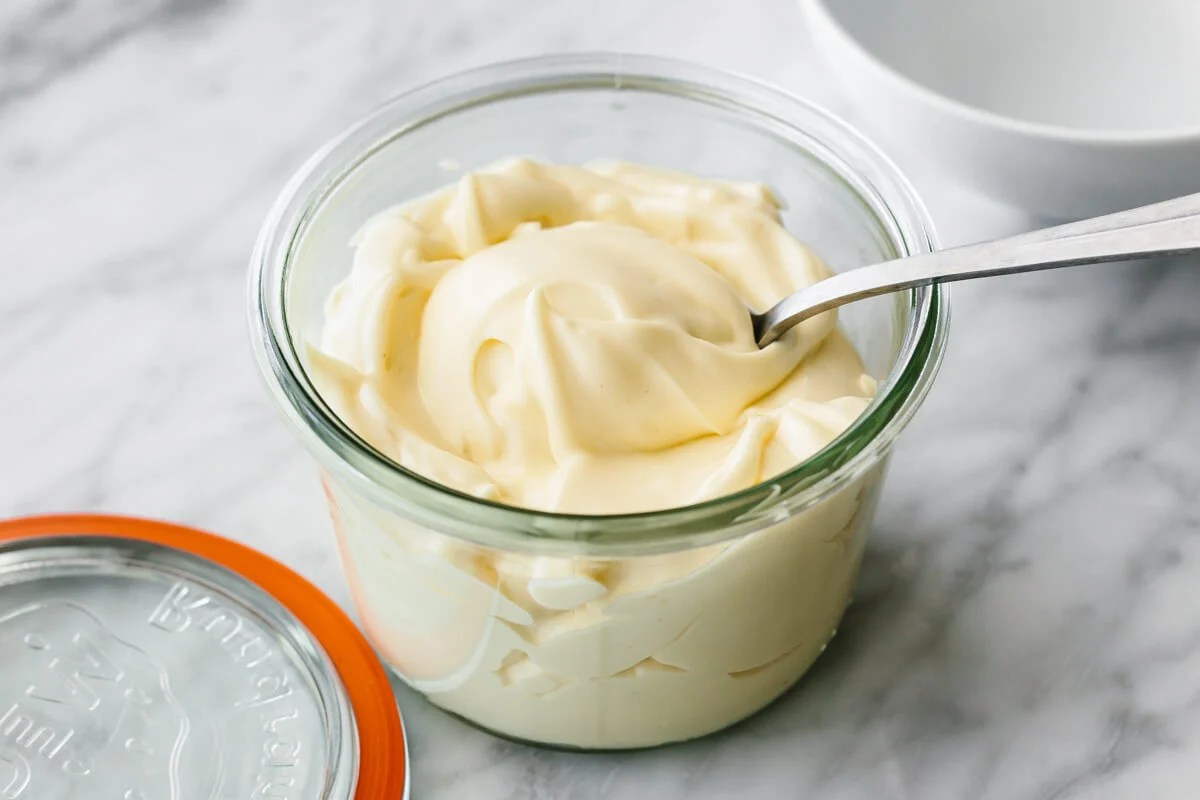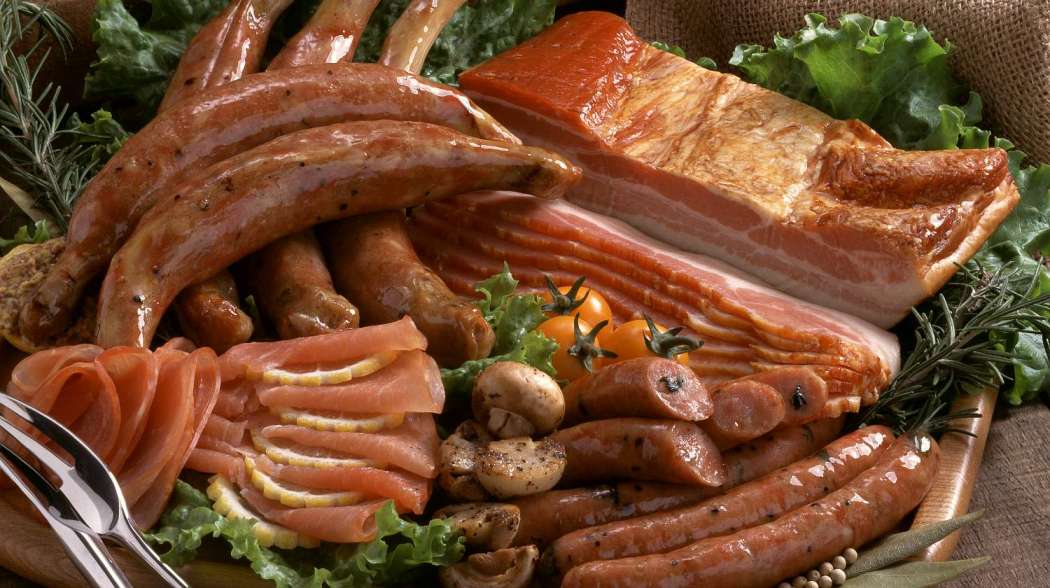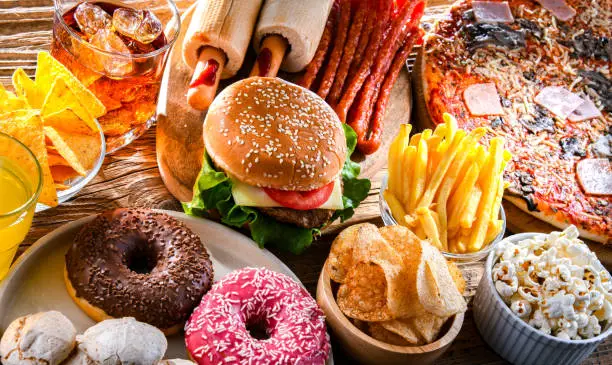Foods high in saturated fat are detrimental for your health. Excess ingestion of saturated fat can cause heart disease and stroke. According to the World Health Organization, coronary heart disease and stroke cost the lives of more than 14.1 million people each year. However, you should not totally eliminate saturated fats. Saturated fats should account for around 5% to 6% of total calories, according to the American Heart Association. Basically, you should restrict your saturated fat consumption to a minimum. Check out eleven typical foods high in saturated fats, as well as nutritional advice and the best substitutes. Scroll down!
What Are Saturated Fats?
Saturated fats are fatty meals that are solid at room temperature. Due to the existence of single bonds – unlike the monounsaturated (one double bond) and polyunsaturated (many double bonds) fats – saturated fats have a greater melting point. Animal fat, cream, and cheese are a few examples of foods having saturated fats. So, how does saturated fat effect your health? Find out in the area below.
How Saturated Fats Affect Your Health?
Saturated fats influence the body by raising the quantity of harmful or LDL cholesterol in it. High quantities of saturated fats from burgers, pizza, excess amounts of butter, animal fat, and the like leads to it. LDL cholesterol becomes accumulated on the walls of the arteries, so restricting the free passage of blood to and from the heart to other regions of the body. If LDL cholesterol levels are not maintained in balance, it might lead to a blocked artery that can trigger a heart attack.
So, you see, saturated fats are only helpful in little doses. Want to discover which foods are high in saturated fats? Scroll down.
10 Foods High In Saturated Fats
1. Mayonnaise

Saturated Fat (100 g) – 12 g; 1 Tablespoon (14 g) – 1.6 g; 1 Teaspoon (5 g) – 0.36 g
Who doesn’t adore a dab of silky smooth mayonnaise in salads, sandwiches, and wraps! It has a magical virtue of changing a dull salad into a delightful one. But the concern is the quantity of saturated fats found in it. Plus, because of its creamy texture and feel-good taste, we all tend to overconsume milk. The ideal method to consume it is to create low-cal salad dressing with olive oil, use cottage cheese or Greek yogurt in sandwiches and wraps, and to eat no more than 2 tablespoons of it each day.
2. Butter
Saturated Fat (100 g) – 51 g; 1 Tablespoon (14.2 g) – 7 g; 1 Teaspoon (4.7 g) – 2 g
Butter smells and tastes so nice that it is practically hard to exclude it from our life. But here’s the deal. Unless you start eating it in controlled doses, you will wind up paying for repairing your “broken” heart. If you look at the saturated fat level of butter, it is significantly greater than mayonnaise. That’s why you must consume as little butter as you can. Have 1-2 tablespoons of butter every day. Alternatively, you may also choose avocado, noted for its butter and creamy texture.
3. Animal Fats
Saturated Fat (100 g) – 39 g; Per Tablespoon (14 g) – 4.55 g; Per Teaspoon (4 g) – 2 g
Meat drippings, lard, chicken fat, duck fat, goose fat, and lamb fat are all animal fats that reportedly elevate the taste factor of any meal to the next level. And if you are not attentive enough, it has the entire potential to take you to the top level (if you know what I mean)! I know it does taste delicious, but why not discover an alternative that’s lower in saturated fats and excellent for your health? Use herbed oils and handmade ghee instead of the animal fats specified above.
4. Cheese
Saturated Fat (100 g) – 21 g; 1 Cubic Inch (17 g) – 3.6 g; 1 Slice (1 oz) – 6 g
It’s easy to overconsume cheese. Especially when you can enjoy it with toast, in salads, as a dip, fried, or simply nibble it. Though cheese has many good nutritional features, overconsuming it might put your heart health at danger. In just a slice of cheese, you get half the daily recommended amount of saturated fat! Now, think about the amount of cheese used in pizzas and burgers. Slash the amount of cheese you consume every day and workout consistently to maintain your heart healthy. You may also replace ordinary cheese with a reduced-fat variety.
5. Whipped Cream
Saturated Fat (100 g) – 23 g; 1 Tablespoon (15 g) – 3 g; Per Teaspoon (5 g) – 0.36 g
Ahh, this must be a tough list for you! Everything yummy is on this list. But hey! Sometimes, it is better to hear the painful truth and rectify oneself than regretting later. The much-loved whipped cream contains significant saturated fat content and might help you gain weight rapidly. Consume sour cream instead of whipped cream or avoid it to prevent your health from going down south. You may also try healthier options like Greek yogurt and whipped Aquafaba.
6. Processed Meat

Saturated Fat (100 g) – 14.9 g; 1 Ounce (28 g) – 1.6 g; 3 slices (5 g) – 6 g
Processed meat like sausage, salami, bacon, and chorizo are rich in salt and saturated fats. Additionally, processed meats include animal fat, which also puts them on the unhealthier side when ingested in excess amounts routinely. Consume mushrooms, cooked lentils, tofu, beans, and lean meat like chicken breast to gain protein instead of processed fatty meats. Similarly, it is also suggested to prevent from consuming too much red meat due to its high saturated fats composition.
7. Brazil Nuts
Saturated Fat (100 g) – 15.1 g; 1 Cup (133 g) – 20.1 g; 1 Ounce (28 g) – 4.2 g
Brazil nuts have the largest proportion of saturated fats. Though they have high nutritional features, you can easily over-consume them since they taste buttery and tasty. Consume other healthy nuts including almonds, walnuts, macadamia, pine nuts, and pistachios. Be sure to consume only a handful of these nuts every day.
8. Dried And Sweetened Coconut
Saturated Fat (100 g) – 57 g; 1 cup (93 g) – 29 g; 1 Ounce (28 g) – 16 g
Do you prefer to top your smoothie bowl with a large amount of dried and sweetened coconut shavings? Or do you routinely consume delightful desserts made of dried coconut? Well, dry coconut may not be as healthful as tender coconut or even coconut oil. Especially since it includes a large level of saturated fat. You may ingest roughly 1-2 teaspoons of dry coconut once or twice a week to prevent saturated fat excess in your body.
9. Deep Fried Foods
Saturated Fat (100 g) – 17 g; 1 Ounce (28 g) – 4.6 g; Per Teaspoon (5 g) – 0.36 g
Here comes your biggest fear — NO FRIED FOODS! Kidding. We all need fried, crispy, comfort food once in a while. But the difficulty emerges when you make them your breakfast, lunch, supper, and snack! Fried meals are recognized for their high saturated and trans fats content and the adverse impact they have on health. Fried meals like French fries, fryums, fried chicken, and batter-fried dishes are not at all healthy and should be avoided. If you have desires, create guilt-free shallow-fried dishes and use olive oil to make them nutritious and incredibly scrumptious. If you do not desire to use oil at all, prepare air-fried versions of your favorite meals.
10. Cake
Saturated Fat (100 g) – 5-15 g; 1 cake (1 kilogram) – 62 g; 1 piece (14 g) – 6 g
This is my greatest nightmare! Cakes and pastries may be quick mood boosters, but they are also LDL or bad cholesterol level lifters. Of course, if you have them once or twice a month and live a decent lifestyle, your heart will not be at risk. But if you are sedentary and eat a piece of cake quite often, you are in trouble. Limit your cake intake, especially the ones that contain frosting on top. If feasible make a healthier version of cakes at home by using low-cal dark brown sugar, multigrain flour, and natural sweeteners like honey. You may even forgo the cake completely and prefer healthy dessert choices, such as chia pudding, frozen fruits, and baked apples.
Finally, These Are The Saturated Fat Instances That You Need To Be Aware Of
that, it is fairly evident from this list that you have to be careful while consuming things that you know in general are not that healthy. And it is here when portion control enters into the picture. Now, there are some fatty meals that are truly excellent for you. These feature one or several double bonds and are mainly liquid at ambient temperature. Take a peek at the following section to find which healthy fats you may ingest.
Read Also: Best Foods To Improve Eyesight
Healthy Fats You Can Consume

Here’s the list of healthy sources of fats that are helpful for your health:
-
Fish oil
-
Flax seeds
-
Sunflower seeds
-
Olive oil
-
Ghee Avocado
-
Sesame seeds
-
Chia seeds
-
Salmon Mackerel
-
Full-fat milk
-
Homemade ricotta cheese
Scroll to the next section for some methods to lower your consumption of saturated fats.
Tips To Reduce Fat Intake
-
Opt for skinless chicken, lean cuts of meat, and low-fat dairy items.
-
Use culinary methods like grilling, baking, or steaming instead than deep frying.
-
Include more fruits and vegetables in your meals, as they are naturally low in fat and abundant in nutrients.
-
Read food labels to avoid high-fat items, especially those containing trans fats or hydrogenated oils.
-
Limit your consumption of processed and quick meals, since they contain hidden fats and are high in calories.
-
Be aware of portion proportions; use smaller dishes and avoid reaching for seconds.
-
Replace high-fat condiments like ketchup with healthier ones like mustard or salsa.
-
Cook using healthy fats like olive oil or canola oil instead of butter or lard.
-
Instead of using too much oil for better taste, experiment with different herbs and spices to enrich the flavor of your foods.








